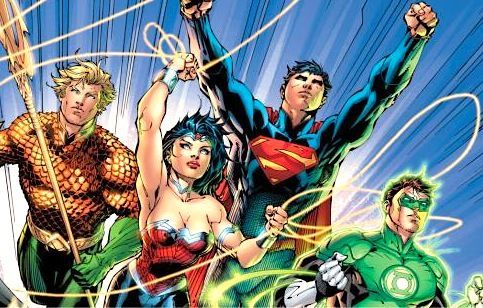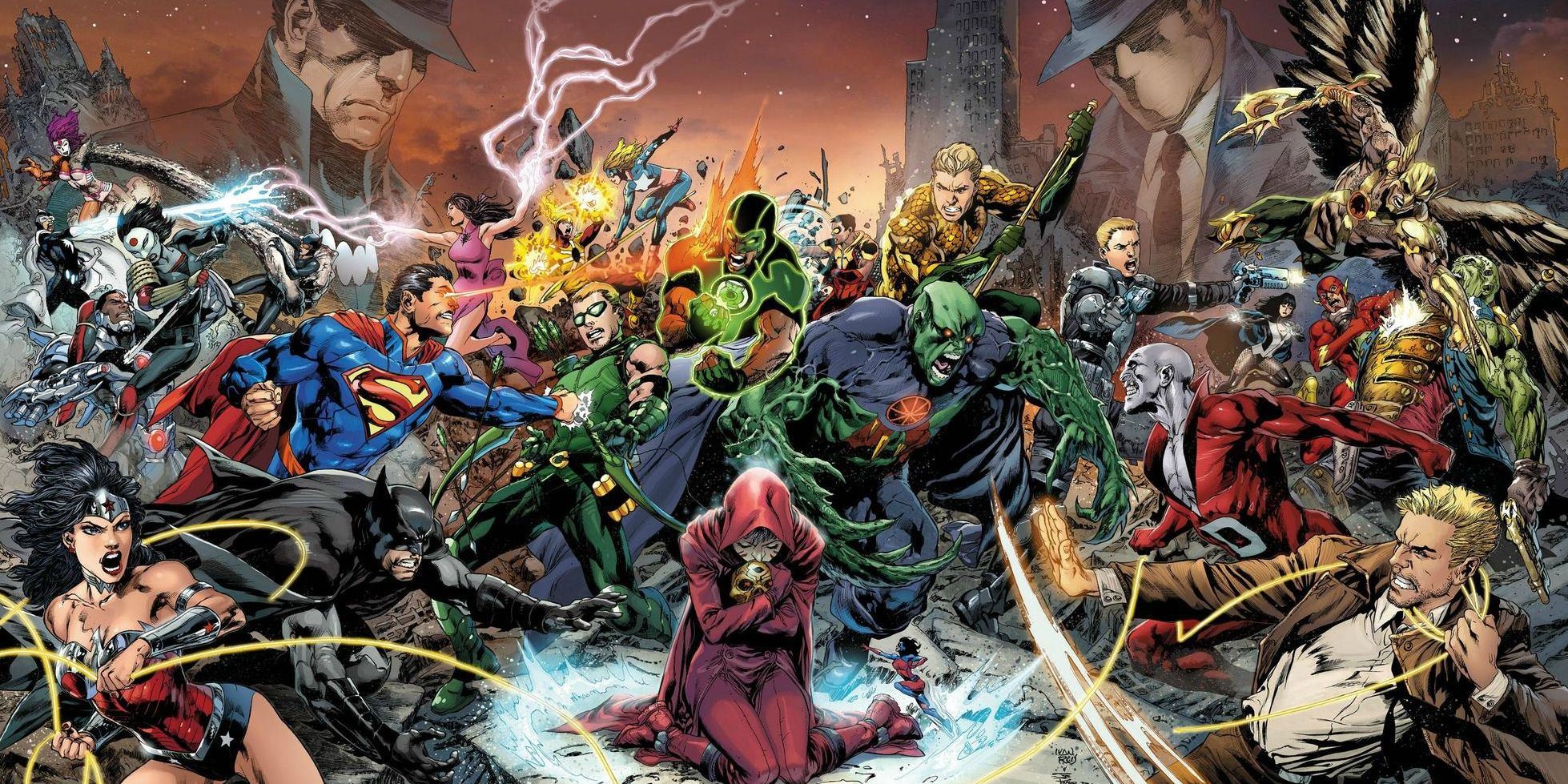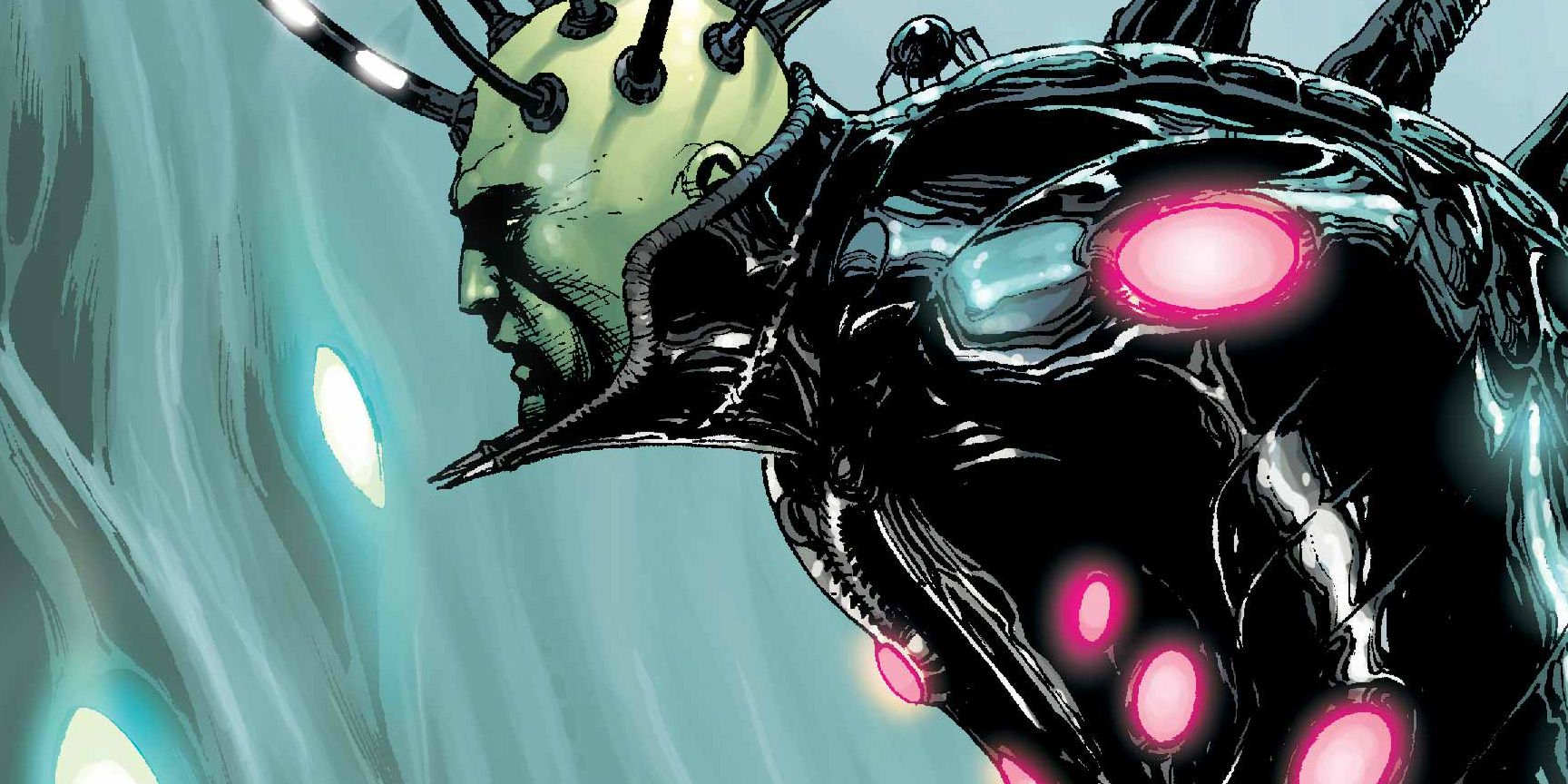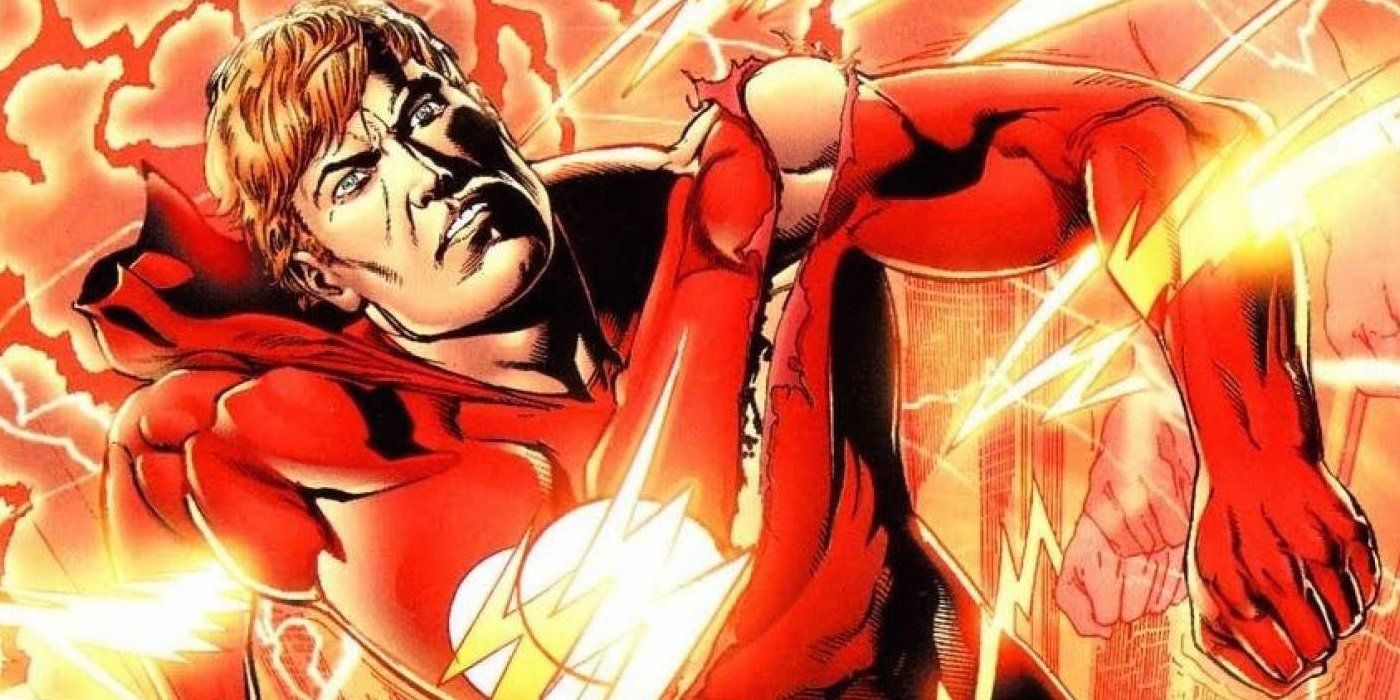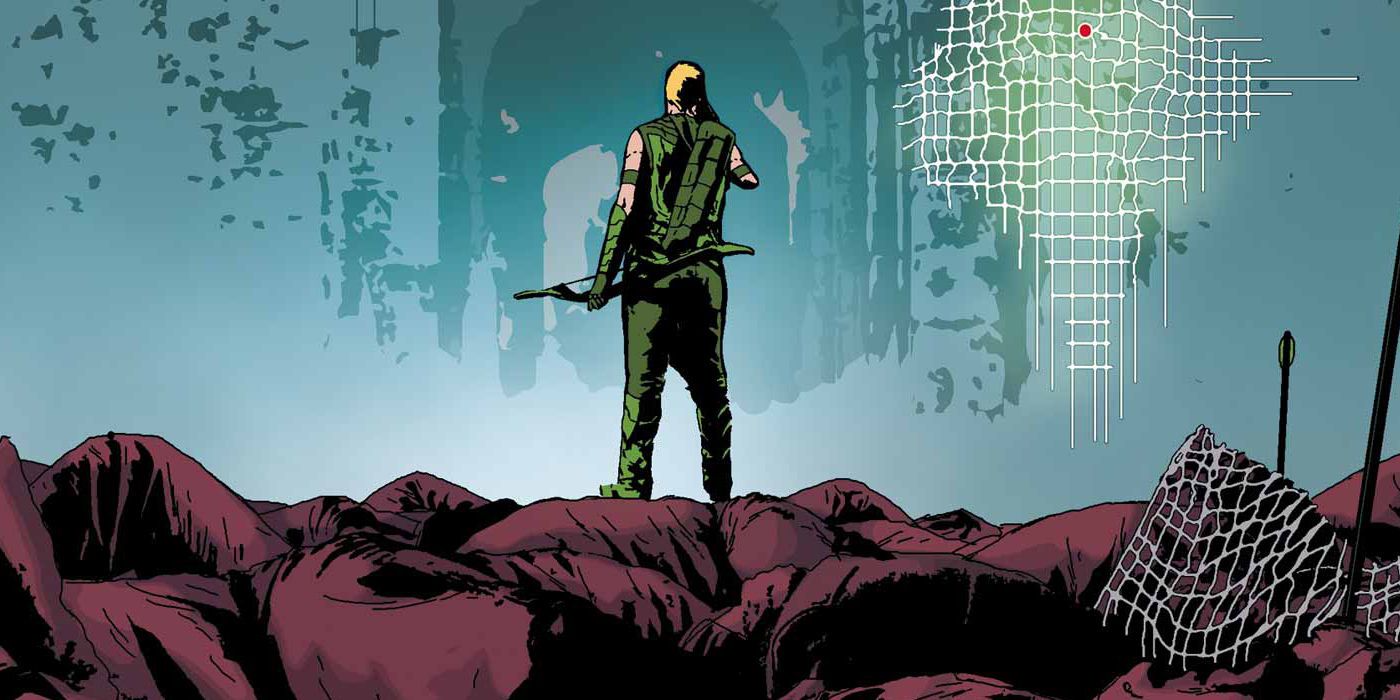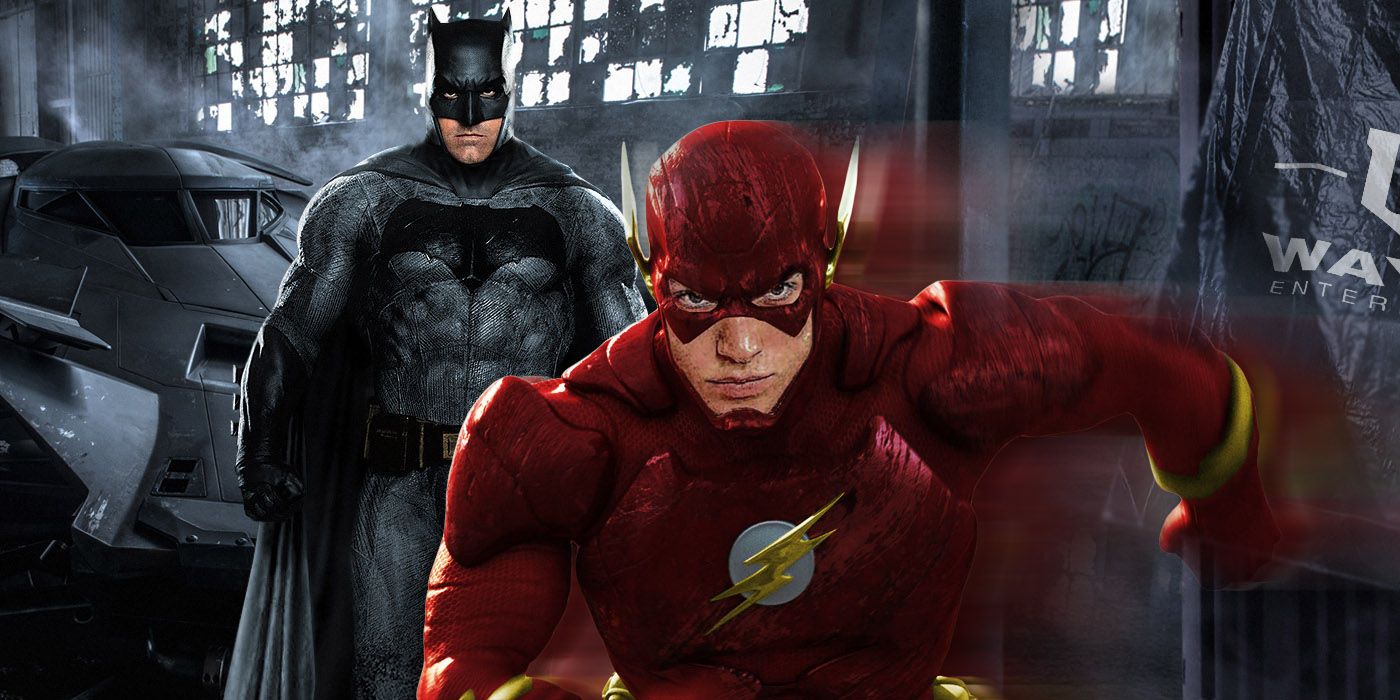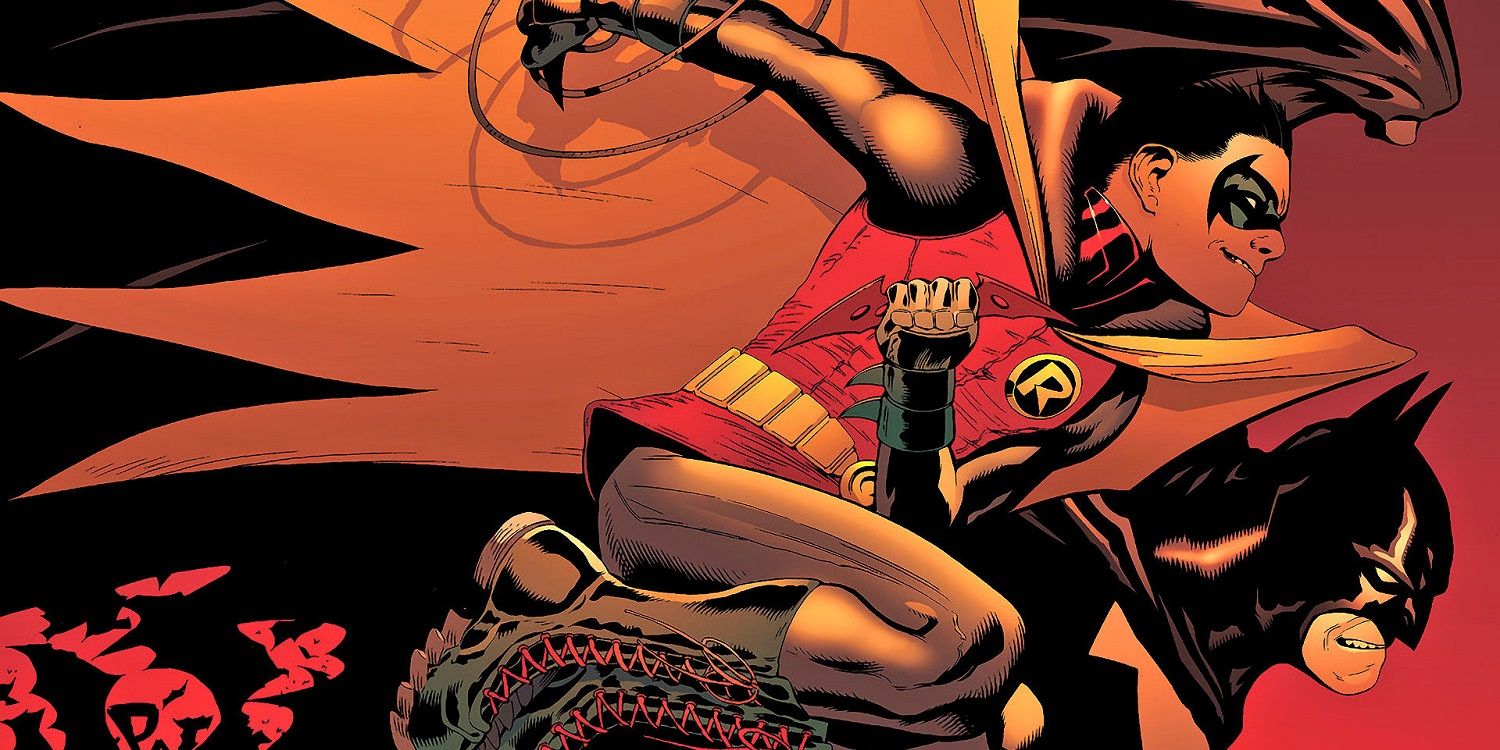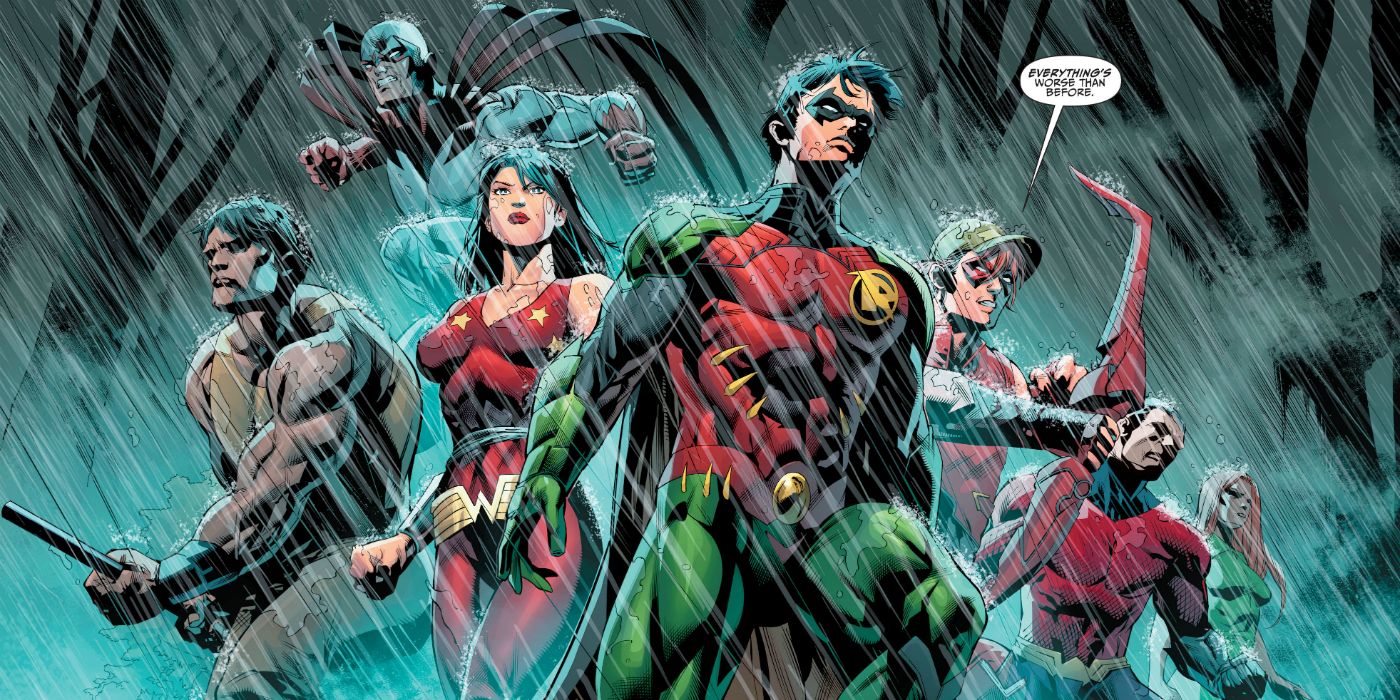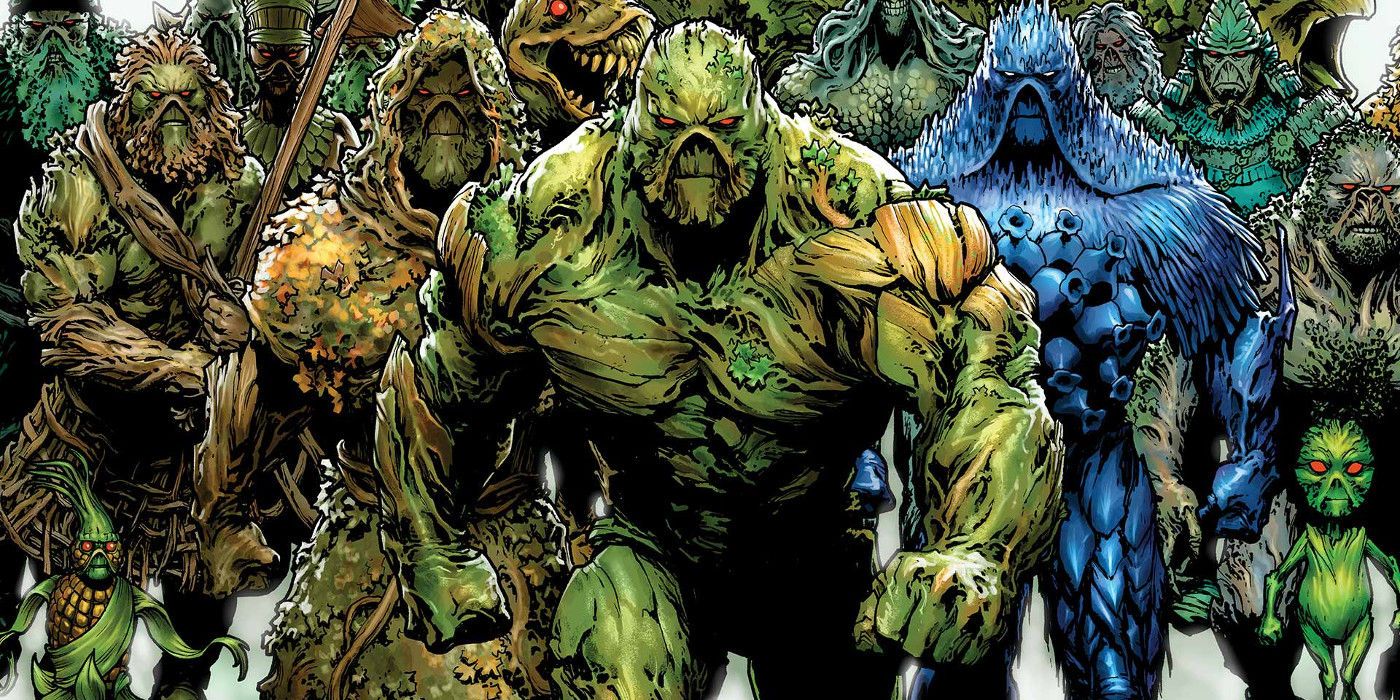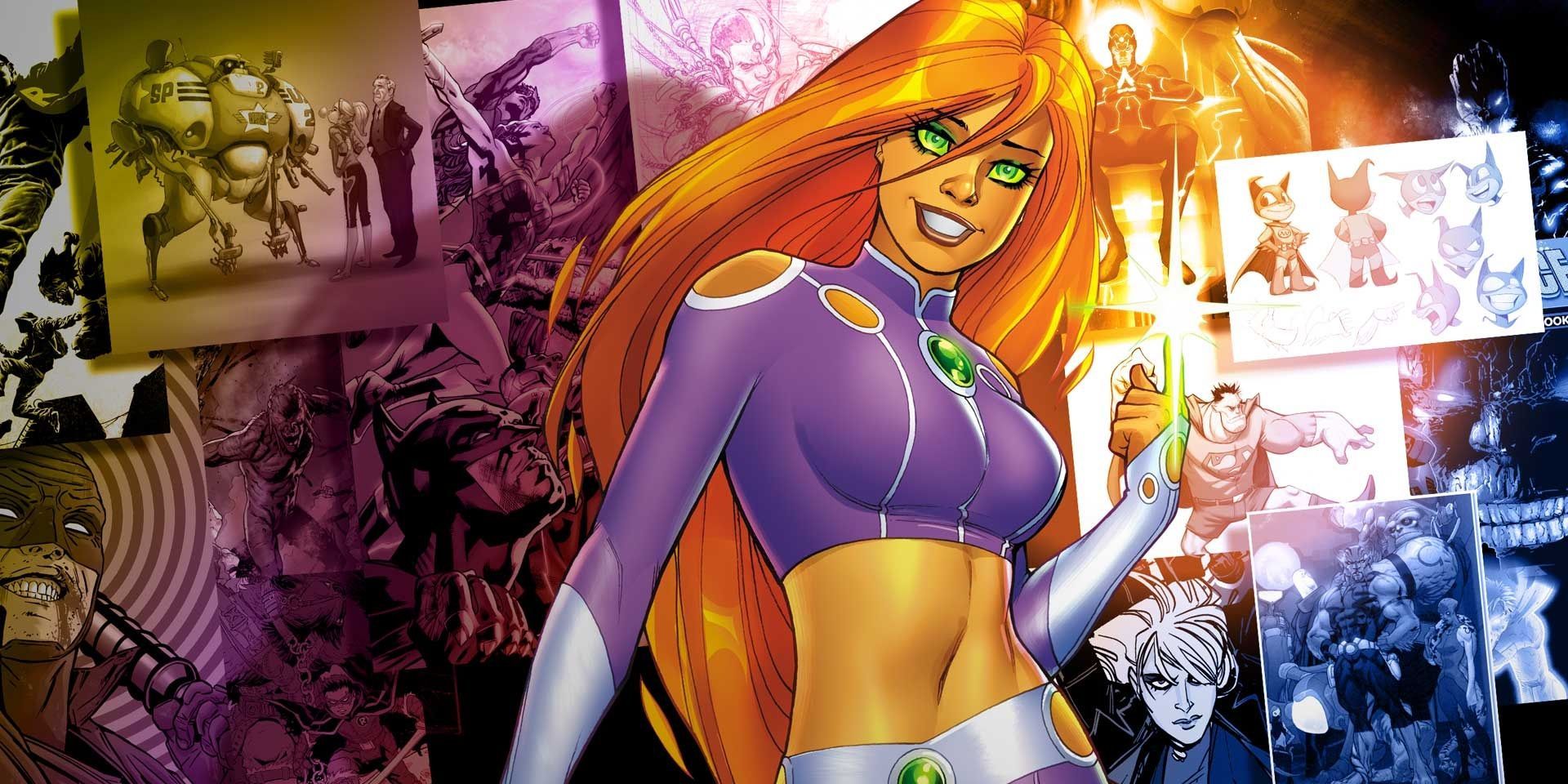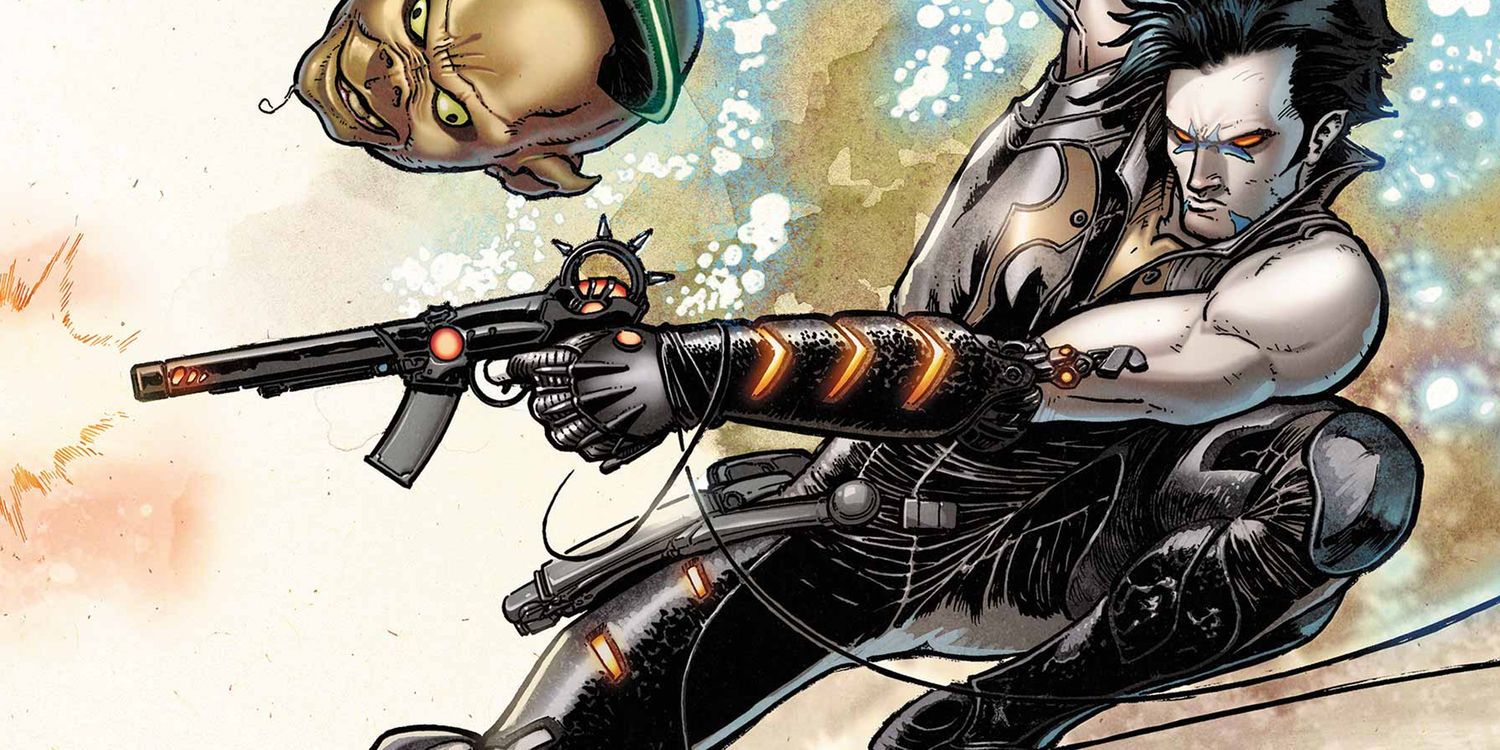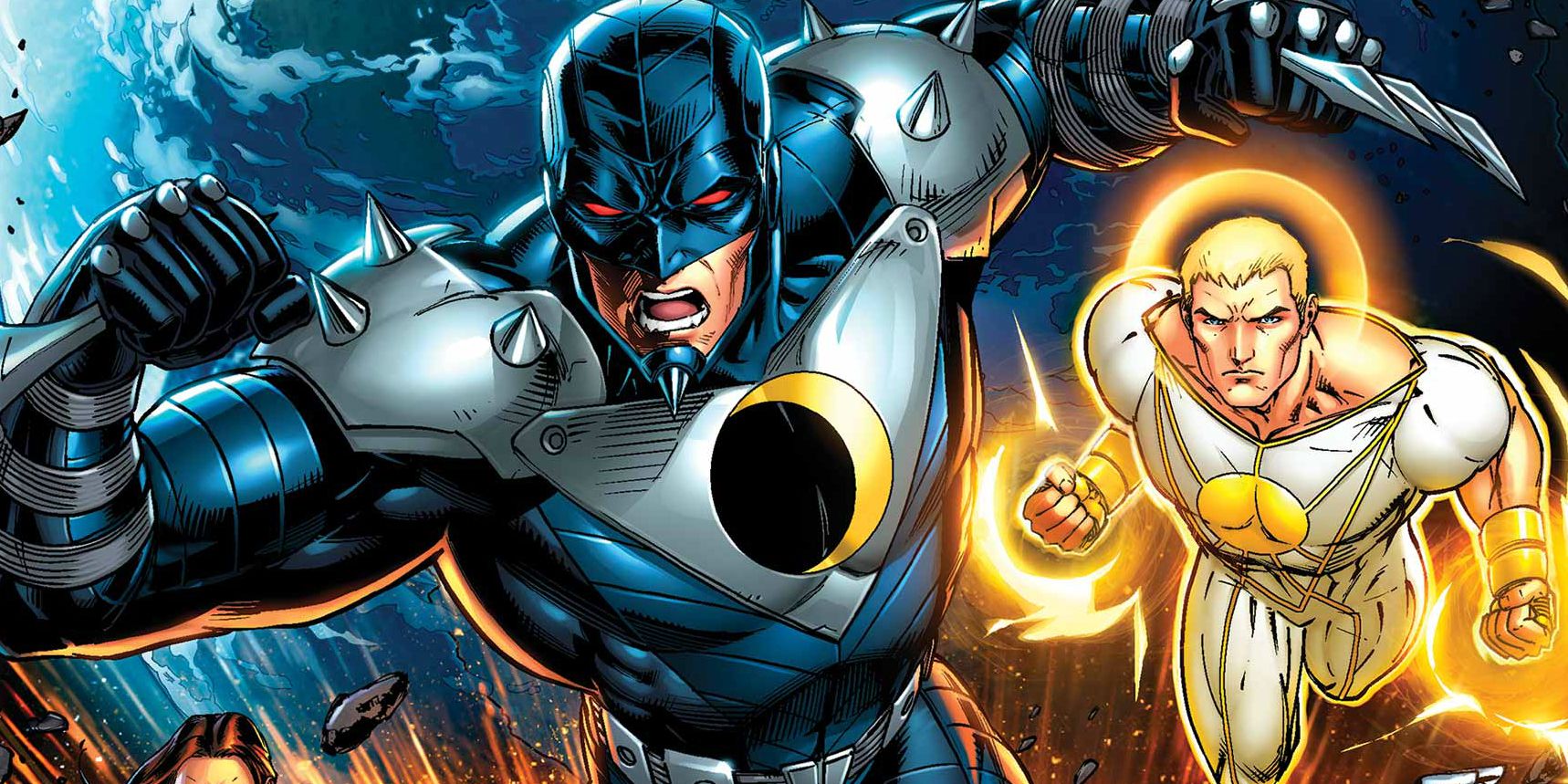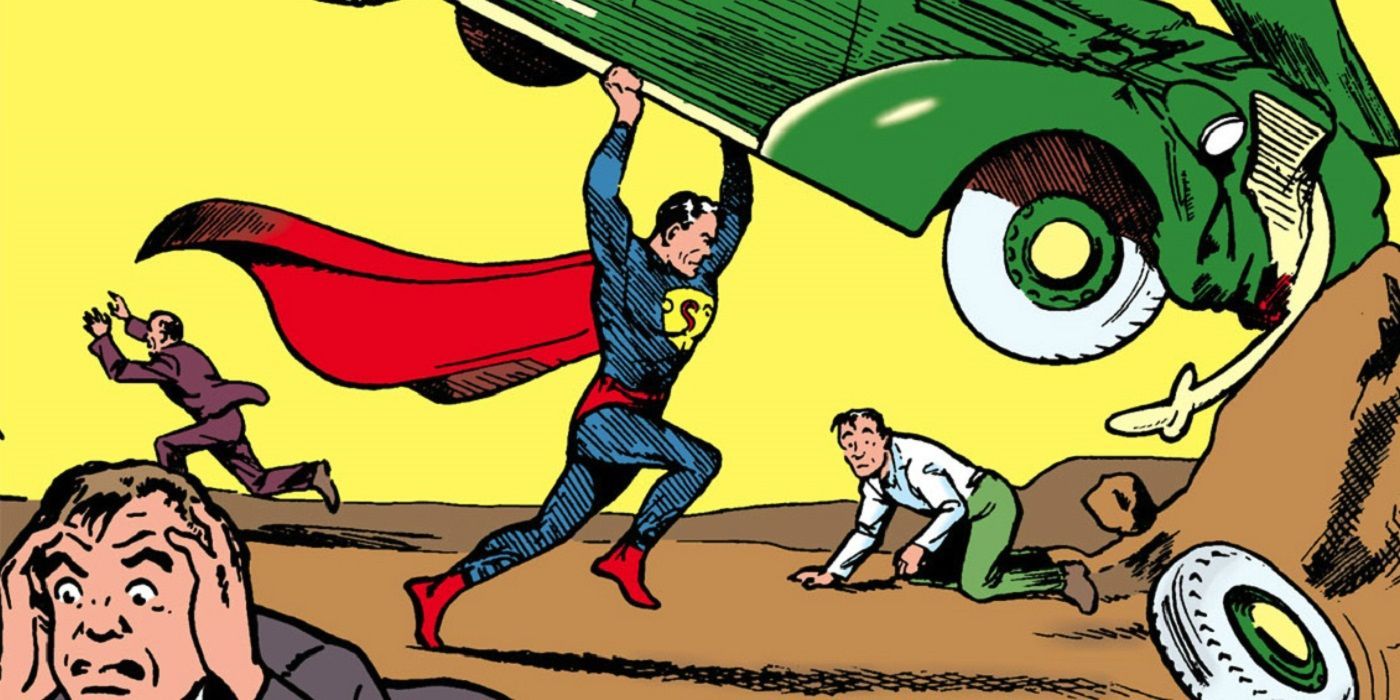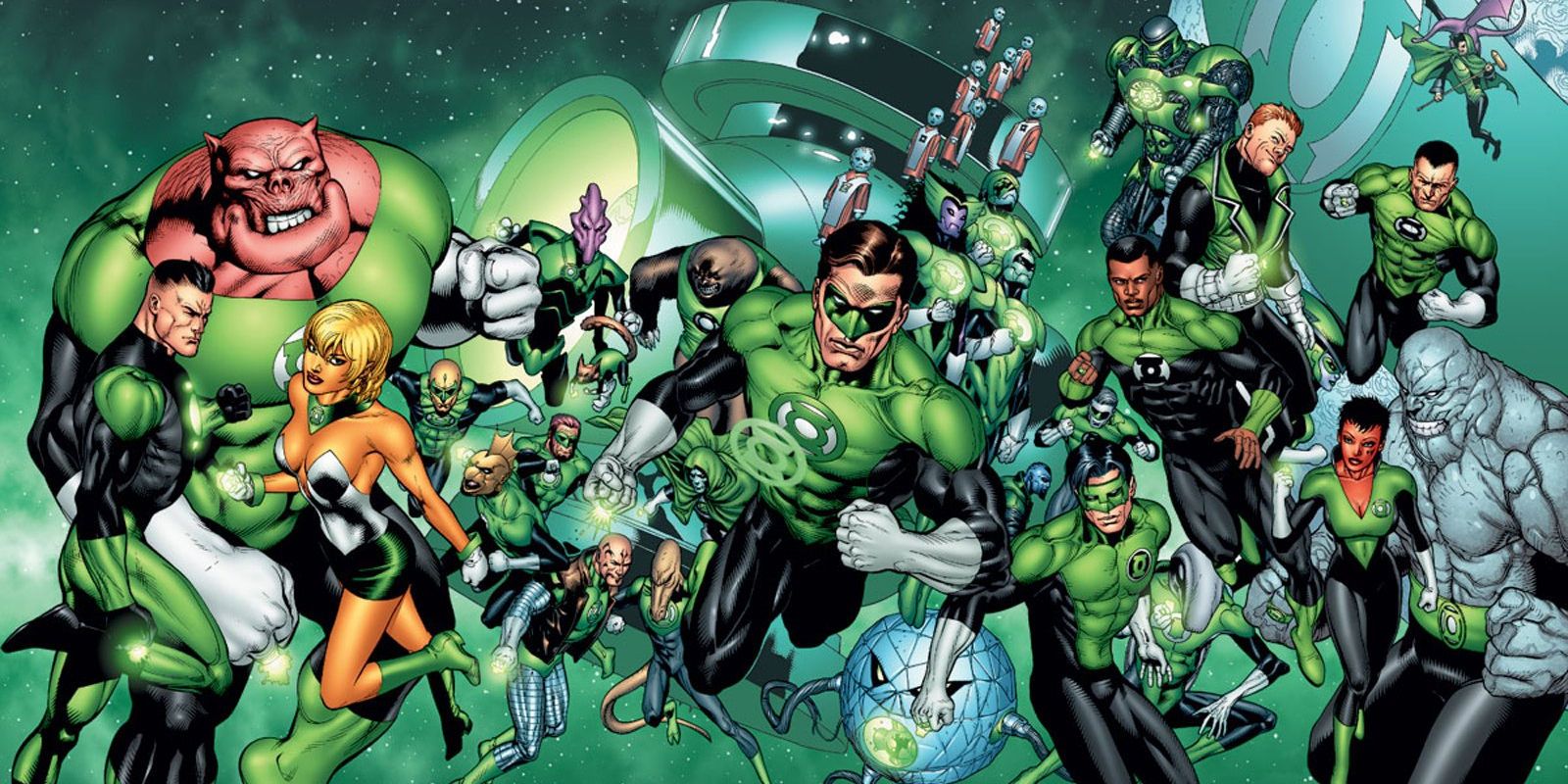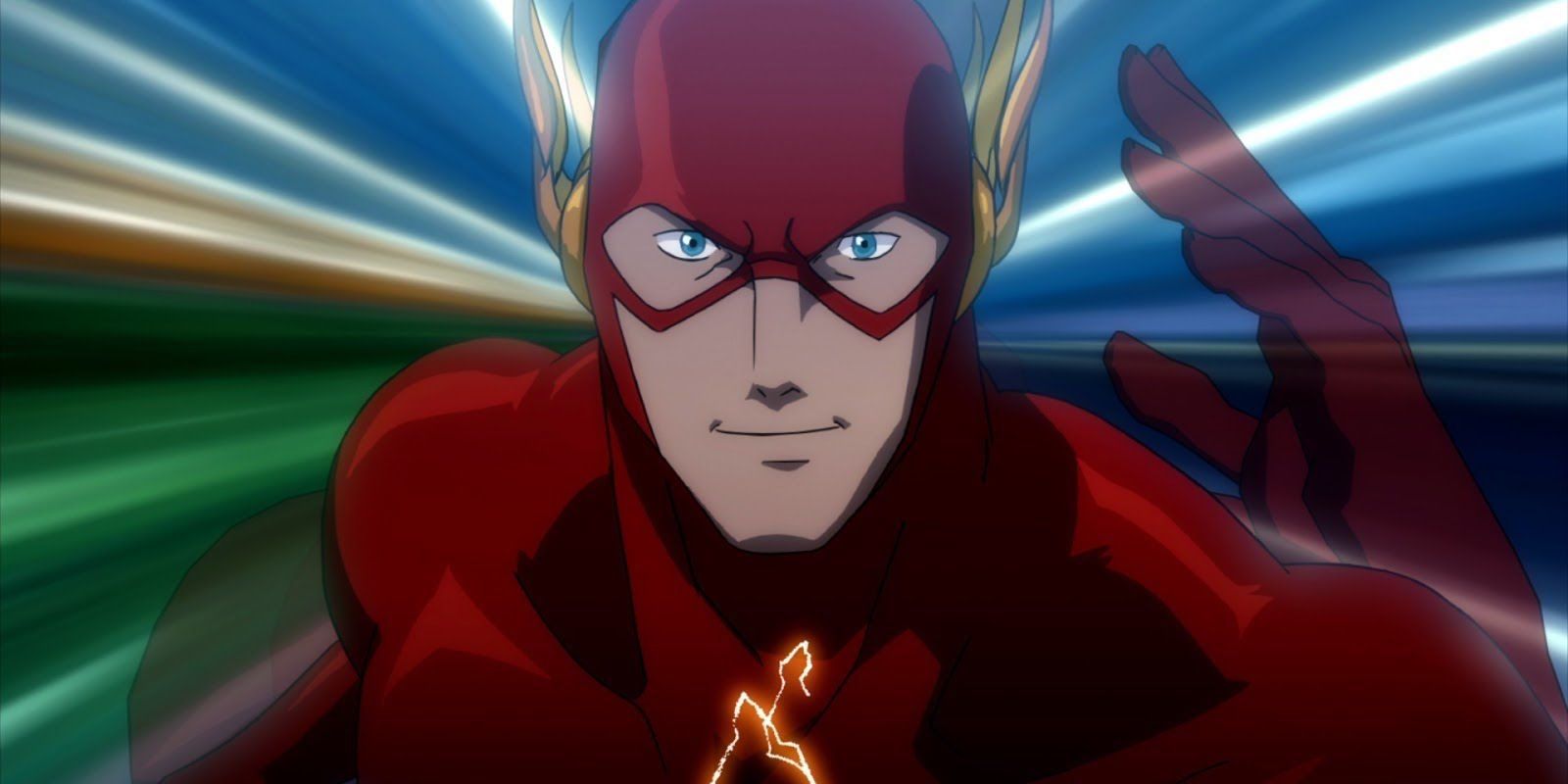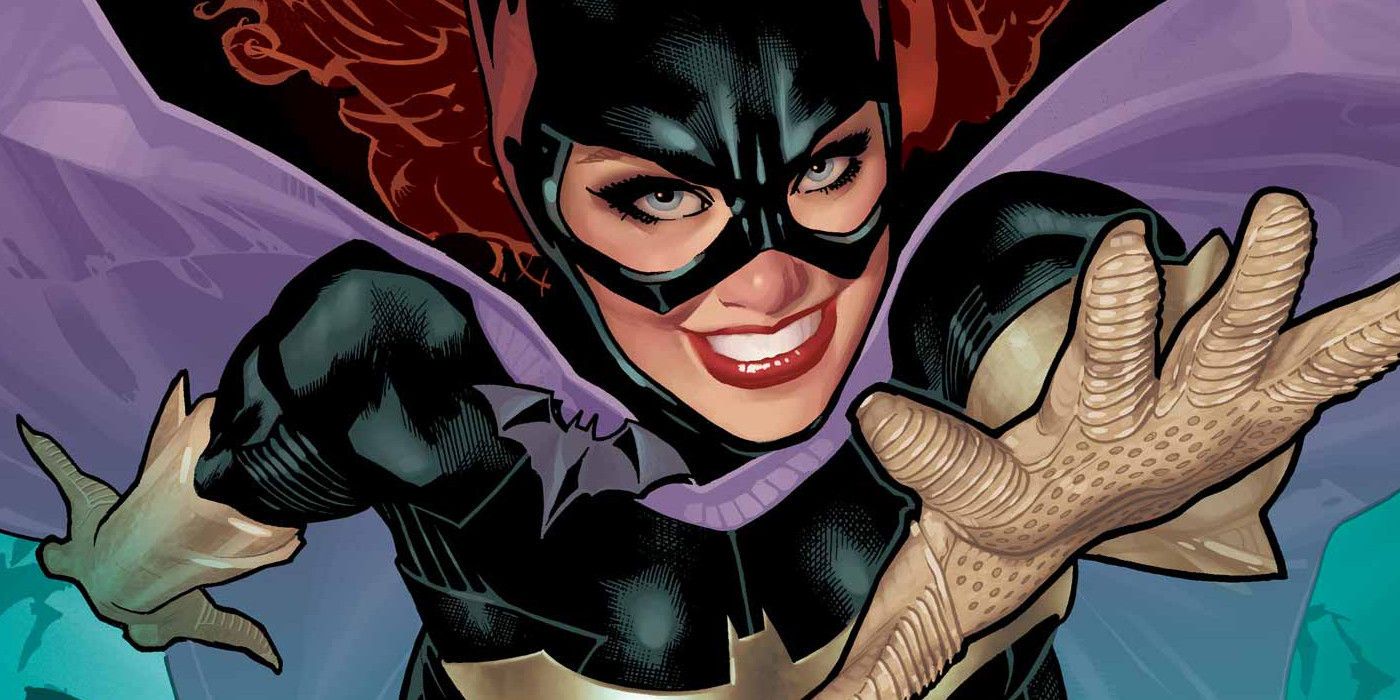In September of 2011, DC relaunched their entire comic book universe in a move dubbed the New 52. The relaunch did succeed in drawing new readers and increasing sales, but the imprint was also plagued with problems from its inception. With the Rebirth imprint officially bringing an end to the New 52, we decided it was time to take a look back at everything DC has done wrong over the past 5 years - and offer them some advice for the future.
15. Pandora
Everyone loves a good mystery, but do you know what people don’t love? A mystery with no conclusion. Such was the fate of the New 52’s Pandora, a character who appeared at the end of Flashpoint to help Barry Allen restore the broken timelines. She then went on to make a cameo in every launch title of the New 52. It’s clear that DC was building her up as the person who held the answers to the New 52. However, when more of her story was revealed in the Trinity War event, it turned out that her mysterious box didn’t hold any answers at all. Indeed, it just seemed to spawn more questions and served as little more than a lead-in to another event. In the end, we’re not sure that DC themselves even knew what they they wanted to do with Pandora. We certainly don’t. In fact, Pandora is an apt metaphor for the New 52 as a whole. The concept was intriguing, but the execution turned out to be be lacking.
14. Convergence
A lot of fan complaints about the New 52 was the numerous events and crossovers that took place. Even critically acclaimed works such as Snyder’s Batman run suffered due to the editorially mandated crossover events. One of the worst examples was the Convergence story arc where Brainiac captures cities from across the DC multiverse and forces their heroes to fight. It was neat to see some fan favorites that had been lost in the reboot and some of the side stories were enjoyable reads, but the main event was a a bit of a slog to get through.
Not only was this event the definition of pointless, having very little impact on the New 52, it came across as a filler arc thrown together while DC moved their offices to the west coast. On top of everything else, Convergence came out near the same time as Marvel’s far superior Secret Wars and read like a poor man’s version of that universe shaking event.
13. Lost Time
This is one of the most headache inducing things on this list. The New 52 established that Superman was the first hero to make his appearance known and he had been operating for about five years. This compressed timeline led to some major problems from both a storytelling perspective and a continuity one. From the storytelling side of things, it gutted the concept of legacy characters, such as the Robins and various members of the Flash family. Wally West, the original version of the character, didn’t even make his appearance until a month ago in Rebirth #1. Luckily, it looks like DC is making an honest attempt to fix this issue with the Rebirth storyline.
For the continuity issues, we need to look no further than Damian Wayne. For those who don’t know, Damian is the son of Bruce Wayne and Talia Al Ghul. He was raised by his mother in the League of Assassins and sent off to live with his father at the age of 10. Keep in mind that when the New 52 begins, Bruce had only been operating as Batman for five years so where did Damian come from? We don’t know and we’re not certain the writers know. The issues with Damian’s age leads us into our next problem with the New 52.
12. Green Arrow
Green Arrow was one of the New 52’s most inconsistent titles.The first run was a critical and commercial failure with a weird social media storyline that felt more like a gimmick than anything else. That all changed when Jeff Lemire took over. Lemire’s run created a brand new mythology for the character while distilling him to down to the core of what made the character great. When Lemire’s run ended, we got a brand new Oliver Queen that was much closer to the man we see on Arrow than the comic character. It was a jarring change that felt like little more than an attempt to pander to fans of the show while denying comic fans the Oliver Queen they knew and loved.
Another major problem was the lack of Black Canary. Oliver Queen and Dinah Lance are great characters, but they work best when they’re paired together. As good as Lemire’s run was, and it was very good, it still felt like there was something missing without Black Canary around.
11. Abandon All Hope Ye Who Enter Here
One of the defining features of DC Comics has always been that, no matter how bad things got, the characters always maintained a sense of optimism and hope for the future. Even Batman, as brooding as he could be, ultimately believed his crusade could change Gotham for the better. But somewhere along the way, the New 52 lost sight of that inherent optimism. In New Guardians, specifically, the concept of hope, represented by the Blue Lanterns, actually.
Even traditionally optimistic characters like the Flash or Superman could feel a bit hopeless at times. We’re not saying dark stories can’t be enjoyable, they certainly can be, but after a while dark stories can be draining. It’s especially a problem since many people read comics as a form of escapism. Fortunately, DC’s recent efforts with the Rebirth looks like a real attempt to inject that classic sense of optimism back into the DCU.
Perhaps the biggest problem with this trend was the simple fact that it sometimes appears as if DC were trying to beat Marvel at their own game and it sometimes felt as if the powers that be has lost faith in one of the core elements that made the DCU such a wonderful place.
10. Batman Inc.
We’re not saying Batman Inc. is a bad storyline. Far from it; but it does have some glaring flaws that we feel were brought about by the reboot. For starters, it makes no sense in the context of the New 52. Even if we ignore the headache inducing timeline mentioned before, we still have the fact that writer Grant Morrison was drawing from his pre-relaunch work to build this story. That would have been fine if Batman Inc. had been treated as it’s own separate piece of work outside the main continuity, but Damian’s death echoes through the rest of the Bat-titles.
Continuity issues aside, there is a clear split between pre and post New 52 Batman Inc. The original stories focused on Bruce Wayne building a team of Batmen to fight crime on a global scale. It was a really unique concept that was dropped in the post-New 52 stories, which focused more heavily on Gotham. Perhaps Morrison always intended to have that tonal shift, but for us it felt a bit forced.
9. Teen Titans
The Teen Titans have been a DC mainstay ever since the team’s first appearance in June of 1964. As with anything that’s been around for half a century, the Titans have had their ups and downs over the years and sadly their New 52 incarnation was one of the downs. One of the biggest problems was the that Tim Drake’s personality had been so heavily altered. The writers somehow managed to make him seem both utterly bland and a bit of a creepy asshole. Issues with Tim Drake aside, the entire run of Teen Titans felt meandering and pointless. For a team book, it spent very little time on the relationships between these characters and instead focused on unnecessary crossovers such as The Culling arc.
DC attempted to fix these mistakes with a relaunch of in July of 2014, but despite the return of fan favorites such as Raven and Beast Boy, the new Teen Titans felt as aimless as the original attempt. Hopefully, the Titans return to their former glory with when Teen Titans: Rebirth launches in September.
8. Lack Of Commitment
One of the best things about the New 52 was DC’s willingness to experiment with titles such as Demon Knights or Dial H. DC created some really unique and interesting titles that broke the mold of traditional superhero comics. Unfortunately, those titles were quickly cancelled when they didn’t perform well. Oftentimes these new series would be cancelled within half a dozen issues which isn’t nearly enough time for a new series to actually build an audience. In the past, DC would often factor in the sales of trades or graphic novels in determining whether to keep a series. But with the New 52, a lot of these experimental titles barely had enough issues to form a single trade collection. Even established characters such as Static Shock were given the ax after a mere 8 issues. Perhaps the worst thing about these quick cancellations was the fact that DC would often leave until plot hooks unresolved and, as any fan of Young Justice knows, there are few things more annoying than an unresolved cliffhanger.
7. Starfire
Starfire was one of the most widely criticized character changes of the New 52 and the complaints really centered around two things: her outfit, and the dramatic change in her personality. Her outfit was widely panned for being sexist and many felt it reduced the character to little more than eye candy. While we agree that the costume was a poor choice it’s important to keep in mind that Starfire has always been been dressed in similarly skimpy outfits.
We think the real problem with the new Starfire is her personality or, rather, lack of one. For most of Red Hood & The Outlaws she was portrayed as little more than an emotionless sex toy for Jason Todd and Roy Harper. However as utterly lacking as this new Starfire is, DC’s response to fan complaints might have been even worse. Instead of addressing the issue, DC simply pointed out that Red Hood and The Outlaws was rated Teen and left it at that. In this case, we’re unsure whether the Teen rating was for the target audience or an estimation of the writer’s age. The sad thing is, even after she got her own solo series, Starfire's portrayal was still problematic, though opinions on that series are a bit more divided.
6. Redesigns
Costume redesigns are part and parcel of superhero comics. Some characters like Iron Man or Batman get new costumes on a fairly regular basis. Others such as Superman could go decades without seeing a different costume. But with the New 52, DC gave all of their characters new looks. DC’s characters were all given new costumes that placed a renewed focus on functionality. Superman, for example, lost the iconic red underwear and was given a new armored suit. Some people really liked it whereas others preferred the traditional look and we can see both sides of that debate. The red underwear was certainly iconic, but we’ll readily admit that it did look kind of silly.
However, one redesign that united all fans was the universally hated Lobo. Prior to the New 52, Lobo was a giant space biker, but in the New 52 he looked like an anorexic teenager who had just discovered his mall’s Hot Topic.
5. Wildstorm
With the launch of the New 52, DC decided to integrate the previously separate Wildstorm universe into the wider DCU. Unfortunately for fans of that universe, DC didn’t handle the integration very well. The Wildstorm universe was well-represented in the early part of the New 52, but over time its various series were cancelled with Midnighter being the only Wildstorm character to receive any spotlight in recent years. Midnighter’s solo is a good comic and did fairly well in sales, but he’s kind of the lone man out as rest of the Authority and Stormwatch seem to be missing in action.
So what went wrong with Wildstorm? In our opinion, DC would have been better off keeping it a separate universe. A group such as the Authority doesn’t really make much sense in a world with the Justice League and it always stuck as a bit contrived that the two teams never crossed paths. Regardless, Wildstorm is part of the DCU now and hopefully DC will start making use of these characters as opposed to simply letting them languish in limbo.
4. Action and Detective Comics
Prior to the launch of the New 52, Action Comics’ last issue was numbered 904 and Detective Comics was at 881. Detective Comics was actually the longest-running continuously published comic in American history prior to the New 52. However, with the launch of the New 52, DC decided to renumber both Action and Detective Comics to #1. This was supposedly done in an attempt to attract new readers, but honestly both titles had been successful in attracting new readers for more than 70 years without a renumbering. To us, it looked like little more than a marketing ploy that only served to undermine DC’s sense of history.
Honestly that undermining of history, of which this renumber was only the most obvious symptom, is what really frustrated about the New 52. It is entirely possible to attract new readers while still respecting your brand’s history. DC has done it in the past and Marvel did it with the relaunch that followed Secret Wars, but the New 52 was a failure in this regard.
3. Continuity Issues
The New 52 was meant to be a starting point for new readers with all of DC’s titles being relaunched as new #1s. Marvel and DC both do this from time to time so it’s not a big deal when it’s done right. The New 52 did not do it right.The two most obvious examples of this are Batman and Green Lantern, both of which kept their continuity relatively intact. Green Lantern #1 picks up right in the middle of Geoff Johns epic Green Lantern storyline which began in 2004. There’s a bit of catchup, but not nearly enough for a new reader to make sense of the story. The Batman books fare a bit better, but they still heavily draw upon previous stories. It felt like DC wanted to have their cake and eat it too and the end result was unsatisfying for old and new fans alike.
2. No Crisis Here
Previous DC reboots had been heralded by various Crisis events such as Crisis On Infinite Earths. These events brought nearly every character in the DC universe and had them facing universe ending threats. The lead-up to these storylines were often epics in and of themselves and were clearly planned out years in advance. They truly felt like universe altering events.
Flashpoint, by comparison, felt like a bit of a letdown. It’s not that it was a bad storyline, but it didn’t feel like an event that should have rearranged the DC multiverse. Previous events such as the various Crisis storylines had always been ensemble stories whereas Flashpoint focused mostly on Barry Allen. Admittedly, there were plenty of tie-in comics and some, such as the Batman tie-ins, were really good. But, on the whole, the event felt like a Flash storyline that got promoted to a universe ending event.
1. Editorial Drama
We’ve spent an entire list discussing the numerous problems that have plagued the New 52, but this one might very well be the source of of the majority of the line’s flaws. The New 52 was plagued with squabbles between writers and editors that had a major impact on the finished product. Apparently the New 52 only had about six months of planning going into it and some of the books were plagued with near constant rewrites.
Several prominent comic creators spoke out about the issue such as Superman writer Greg Perez who got so frustrated with the constant changes to his Superman scripts that he said he couldn’t wait to get off Superman.
"Here, this is my script. If you change it, that’s your prerogative, don’t tell me. Don’t ask me to edit it, don’t ask me to correct it, because I don’t want to change something that you’re going to change again in case you disagree”
Of course, we can’t talk about editorial drama without discussing Gail Simone being unceremoniously fired via email and then being brought back due to fan backlash. We don’t really know why Simone was fired because Batgirl was both a critical and commercial success though there are rumors, and only rumors, it had to do with Simone focusing on Barbara Gordon’s transgender roommate. Simone was rehired within a couple of weeks, but the whole issue served as a window into the editorial problems of the New 52.

